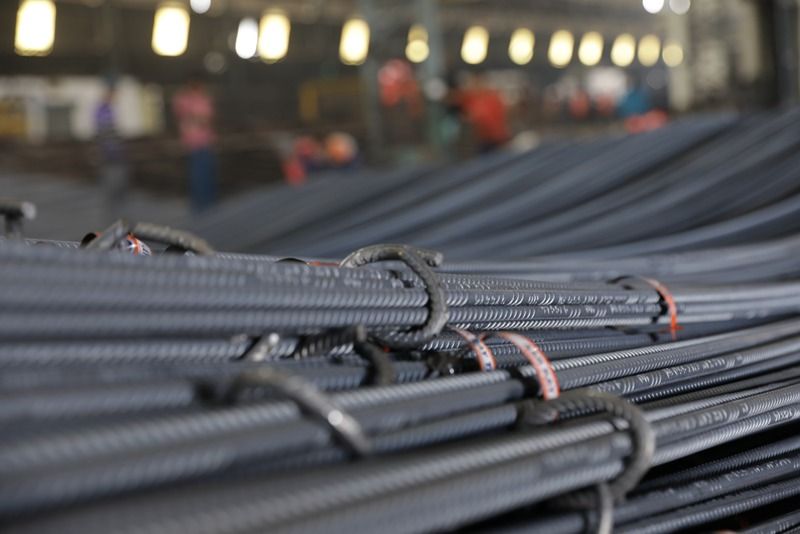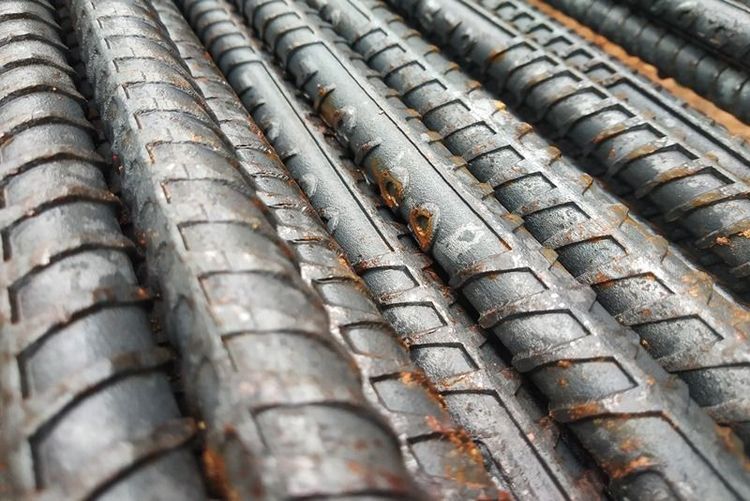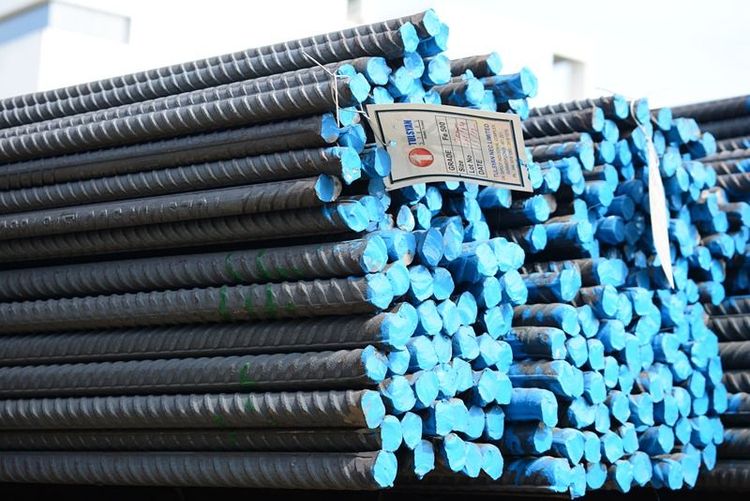Thermo-mechanically treated (TMT) bars are critical components in modern construction, combining high tensile strength and superior ductility to meet the rigorous demands of infrastructure and industrial projects. For Indian MSMEs engaged in construction and manufacturing, understanding the technical metrics that define TMT bar quality is essential to ensure structural reliability and compliance with safety standards. Among these metrics, the UTS/YS ratio—ultimate tensile strength to yield strength ratio—is a vital performance indicator.
What is the UTS/YS ratio?
The UTS/YS ratio measures a material's ability to resist deformation under load and its capacity to sustain stress before failure. It is calculated as the ratio of ultimate tensile strength (UTS) to yield strength (YS):
Yield strength (YS): the stress at which a TMT bar exhibits permanent plastic deformation. Beyond this point, the material will not return to its original shape when the stress is removed.
Ultimate tensile strength (UTS): the maximum stress a TMT bar can endure before losing strength and finally fracturing.
This ratio indicates how much additional load the material can bear after yielding and before ultimate failure. This also indicates the ability of TMT bars to absorb energy in case of any unanticipated high load. It is critical for determining the ability of TMT bars to perform under dynamic loads and adverse conditions.







 +91 7208055523
+91 7208055523
 Help & support
Help & support
